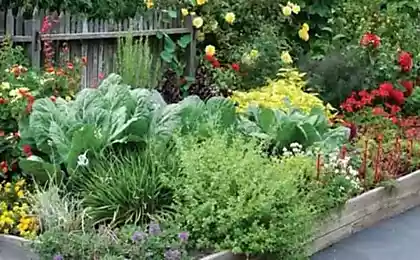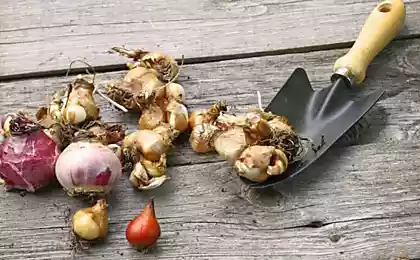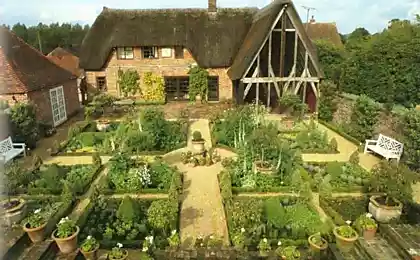167
I generously irrigate onions in spring to be proud of the abundance of bulbs in autumn
Onions are considered an unpretentious culture that does not require much effort when growing. However, timely feeding can significantly improve the quality of the harvest. In this article, we're going to say, feed off in the spring to get a good result.
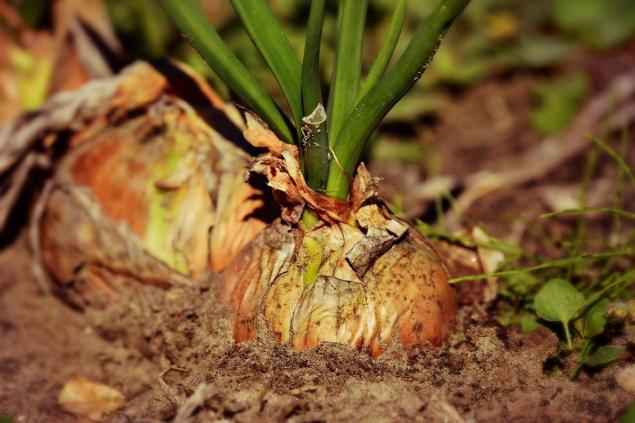
To stimulate the growth of onions, in the spring it is worth making the first fertilization. Ideally, it is advisable to know what soil we are dealing with before applying fertilizer. Experienced summer residents before planting bulbs recommend feeding the soil with half the necessary amount of phosphorus and potassium. If you plan. greenIt is better to apply more organic and nitrogen fertilizers.

In case you More interested in strong bulbsOrganic and nitrogen fertilizers should be applied less. Phosphoric and potassium should prevail. So, we will analyze the main fertilizers for onions in order.

If the earth is acidified, it is recommended to apply calcium nitrate and urea. If there is not enough calcium, you can use complex fertilizer "Brexill". In the early stages of recharge Nitrogen, phosphorus and potassium are applied in proportions of 18:6:14. Then you can add more potassium, phosphorus and trace elements in a ratio of 10:20:10. In the middle of the growth period, the proportions change 5:14:28.

Here's what it's important to know about onion preferences for soil and fertilizer: He does not like potassium chloride, acidified and salty soil.. Also remember that the onion pulls all the useful elements from the soil. The soil will be devoid of nitrogen almost completely. Potassium and phosphorus, this culture consumes a little less, but still decent.

What fertilizers to apply at the beginning

Fertilizers are good, but it is important to feed competently, harmlessly. The following rules should be noted:
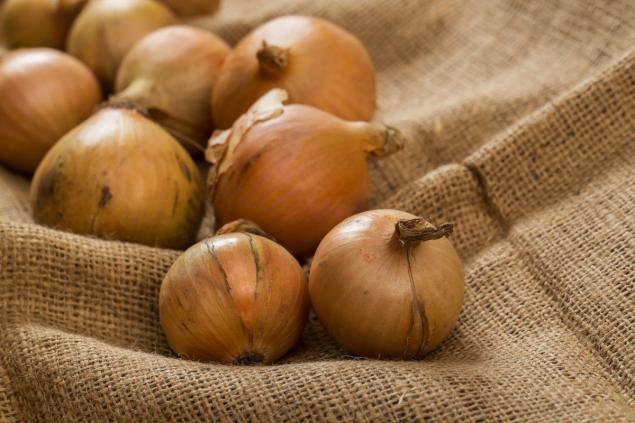
By the way, we recommend another useful article on the intricacies of growing and storing onions.
To achieve the desired result, it is also important to take into account the climate in your region, the type and condition of the soil, and requirements of a particular onion. With observance of the basic rules and competent application of fertilizers, the harvest will be famous. Good luck!

To stimulate the growth of onions, in the spring it is worth making the first fertilization. Ideally, it is advisable to know what soil we are dealing with before applying fertilizer. Experienced summer residents before planting bulbs recommend feeding the soil with half the necessary amount of phosphorus and potassium. If you plan. greenIt is better to apply more organic and nitrogen fertilizers.

In case you More interested in strong bulbsOrganic and nitrogen fertilizers should be applied less. Phosphoric and potassium should prevail. So, we will analyze the main fertilizers for onions in order.
- Nitrogen. At night, this fertilizer helps to form strong bulbs, and in the daytime contributes to the growth of feathers.
- Phosphorus. It forms juicy bulbs with strong husks and a good root system. This helps onions tolerate heat and drought well.
- Potassium. Responsible for the strength of the husk, taste and aroma.

If the earth is acidified, it is recommended to apply calcium nitrate and urea. If there is not enough calcium, you can use complex fertilizer "Brexill". In the early stages of recharge Nitrogen, phosphorus and potassium are applied in proportions of 18:6:14. Then you can add more potassium, phosphorus and trace elements in a ratio of 10:20:10. In the middle of the growth period, the proportions change 5:14:28.

Here's what it's important to know about onion preferences for soil and fertilizer: He does not like potassium chloride, acidified and salty soil.. Also remember that the onion pulls all the useful elements from the soil. The soil will be devoid of nitrogen almost completely. Potassium and phosphorus, this culture consumes a little less, but still decent.

What fertilizers to apply at the beginning
- Nitrogen fertilizers (urea) at a rate of 20 g per 1 m2. First, you should make half of the total amount of fertilizer, and the rest should be divided into three fertilizers.
- Phosphorus fertilizers (superphosphate) - 20 g per 1 m2. To begin with, make a large half, and the rest in small portions during the growing season.
- Potassium fertilizers (potassium nitrate, nitroammophoscus) at a rate of 25 g per 1 m2. At the first feeding, we apply half of the fertilizer, and divide the rest into three subsequent ones.

Fertilizers are good, but it is important to feed competently, harmlessly. The following rules should be noted:
- Onion beds. Don't put fresh manure in.. It is better to use an aqueous solution.
- If you overdo it with organic fertilizers, the greens will be good, but the bulbs themselves are small.
- Water the onions should be at the root, so as not to get on the greens.
- If you apply fertilizer when planting onions, wet the ground properly before and after processing.
- It is not recommended to water beds and apply fertilizers if about 3 weeks remain before harvest.

By the way, we recommend another useful article on the intricacies of growing and storing onions.
To achieve the desired result, it is also important to take into account the climate in your region, the type and condition of the soil, and requirements of a particular onion. With observance of the basic rules and competent application of fertilizers, the harvest will be famous. Good luck!
I praise the lean chebureki, the fifth time in a month I fry, but the apartment does not smell them.
Cheat sheets of hair dyes to learn by heart
